In a significant development for the aviation sector in India, the Directorate General of Civil Aviation (DGCA) has decided to suspend flying operations at Red Bird Flight Training Academy, the country's largest flying training organization (FTO). This decision comes in the wake of two aviation accidents within a short timeframe, prompting the regulatory authority to conduct a special maintenance audit and subsequently issue a show cause notice to Red Bird.
Background
Two Consecutive Incidents Prompt Suspension
The DGCA took the unprecedented step of suspending flying operations at all bases of Red Bird Flight Training Academy on October 22, following two serious incidents involving the academy's aircraft on October 19 and 22, 2023. These incidents raised concerns about the safety and operational practices of the FTO, leading to a thorough investigation by the regulatory authority.
Special Maintenance Audit Unearths Deficiencies
In response to the accidents, the DGCA conducted a special maintenance audit at Red Bird's main base in Baramati, Maharashtra, and its sub-bases in Seoni (Madhya Pradesh), Kalburgi, and Belgavi (Karnataka), and Lilabari (Assam). The audit uncovered deficiencies in several key areas, including personnel training, maintenance schedules and records, internal audit practices, tool and store management, and fuel storage and handling.
Allegations of Corruption and Collusion
Shakeup in DGCA Leadership
Amid the safety concerns and the subsequent audit, the DGCA took further action by reassigning Captain Anil Gill, the former in-charge of FTOs, to another department. This move came in response to allegations of corruption and collusion with flying schools, raising questions about the integrity and transparency within the regulatory body.
Preliminary Investigation and Potential External Probe
A three-member DGCA panel conducted a preliminary investigation into the allegations against Captain Gill. The panel has forwarded its recommendations to the aviation ministry, contemplating whether the case warrants a probe by an external agency such as the Central Bureau of Investigation (CBI) or the Enforcement Directorate (ED).
Enforcement Action and Recertification
Show Cause Notice and Enforcement Action
Based on the findings of the maintenance audit, DGCA has initiated enforcement action against Red Bird Flight Training Academy. A show cause notice has been issued to the organization, highlighting the identified deficiencies and seeking a response from Red Bird regarding corrective measures.
Recertification Process Initiated
DGCA's statement emphasized that Red Bird Flight Training Academy failed to consistently adhere to the provisions of Aircraft Rules, 1937, and Civil Aviation Requirements, compromising the safety and airworthiness of its aircraft. As a result, the regulatory authority has decided to undertake the recertification of the maintenance organization and continuous airworthiness management of Red Bird afresh.
Conclusion
The suspension of flying operations at Red Bird Flight Training Academy marks a critical juncture for aviation safety in India. The DGCA's decisive actions underscore the commitment to ensuring the highest standards in training and maintenance within the aviation industry. As the recertification process unfolds, the industry and the public will be closely watching for the implementation of corrective measures and the restoration of trust in Red Bird's safety practices.
With Inputs from Time of India
Read next
Air India Faces an INR 10 lakh Fine from DGCA Over Non Compliance of Civil Aviation Requirements
Radhika Bansal
23 Nov 2023
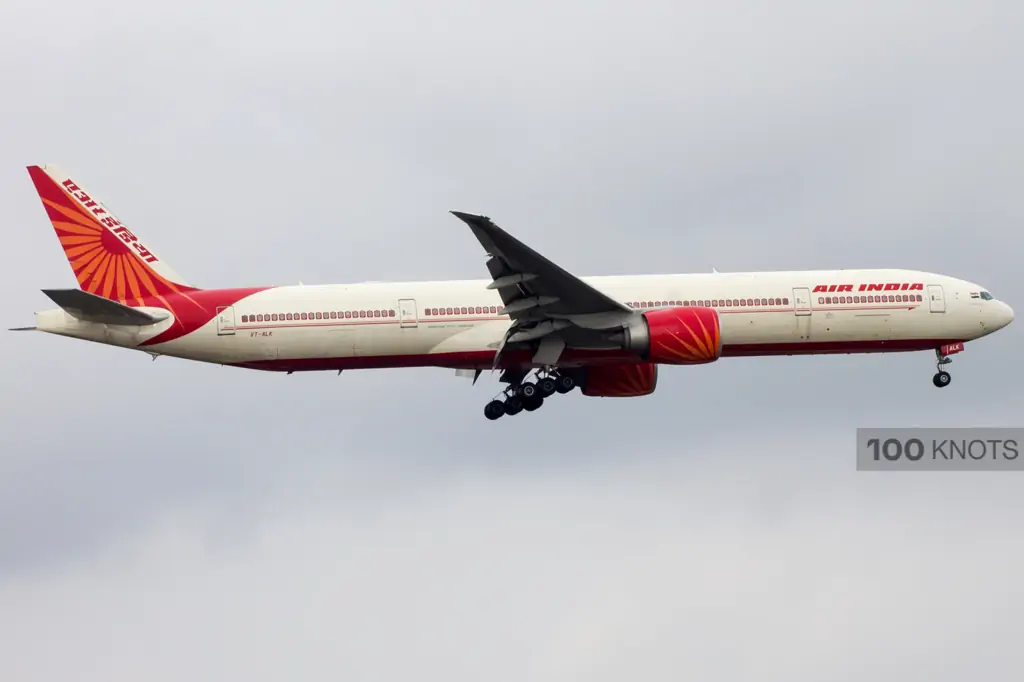
The Directorate General of Civil Aviation (DGCA) conducted inspections at Delhi, Kochi, and Bangalore Airports for Scheduled Domestic Operators in May and September in a bid to ensure their adherence to obligations regarding passenger facilities and compensation as outlined in DGCA regulations.
The inspections revealed that Air India was not in compliance with the relevant Civil Aviation Requirements (CAR). Consequently, a Show Cause Notice was issued to Air India on November 3, requesting a response to the observed non-compliance with regulatory provisions. At the time, the regulator had said that it considered it essential to continuously strengthen the rights of passengers and ensure that carriers operate under “harmonized conditions” by global best practices.
What Does CAR Says?
The CAR Section 3 relevant to this show cause notice is titled ‘Facilities to be provided to passengers by airlines due to denied boarding, cancellation of flights and delays in flights’, which was issued in 2010 and has been revised from time to time over the years. As per the regulator, the CAR was issued to ensure appropriate protection for air travellers in case of flight disruptions, “in particular, denied boardings, flight cancellations and delays”. The regulator said that to ensure compliance with passenger-centric CARS, it carried out inspections of scheduled domestic airlines at various major airports continuously since May 2023.
Upon reviewing Air India's response, it was determined that the airline had failed to adhere to CAR provisions. This included the absence of hotel accommodation for passengers affected by delayed flights, inadequate training of some ground personnel according to CAR stipulations, and failure to compensate international business class passengers who were forced to travel in unserviceable seats.
Following the findings, the DGCA has imposed a penalty of INR 10 lakh on the carrier for its non-compliance with its regulations. These pertain to "not providing hotel accommodation for passengers affected by delayed flights, non-training of some of their ground personnel as per the stipulations and non-payment of compensation to international business class passengers who were made to travel on unserviceable seats," it said. For these lapses, the regulator has imposed a financial penalty of INR 10 lakh. There was no immediate comment from Air India.
Last year, the regulator imposed a penalty of INR 10 lakh on Air India for not complying with the provisions of the Civil Aviation Requirement (CAR) on denied boarding of passengers.
Air India Ramping Up Routes & Aircraft
Earlier this month, Air India said it will add 30 aircraft and four new international destinations in the winter schedule. New aircraft joining the fleet will include six Airbus A350s, four Boeing 777s, and 20 Airbus A320neos. The airline said that it will add more than 400 weekly domestic and international flights during the winter schedule.
The airline has already ramped up the frequency by 25x weekly flights (each way) on eight international routes across points in Southeast Asia, the United States, and Europe. It has also announced flights on new routes, including Bengaluru-Singapore, Kochi-Doha, Kolkata-Bangkok, and Mumbai-Melbourne.
Read next
As NASA anticipates a significant surge in U.S. air traffic by 2025, engineers are diligently working on innovations to mitigate the impact of aircraft noise, especially during takeoff. This article explores the basics of acoustics, the concept of noise, and the factors influencing aircraft environmental noise. Additionally, it delves into historical developments and cutting-edge technologies contributing to the reduction of aircraft noise over the years.
Acoustics: Understanding Mechanical Wave Behavior
Acoustics, the study of mechanical wave behavior in fluid and solid media, plays a crucial role in comprehending aircraft noise. Mechanical waves, when propagating through air or solid materials, manifest as what we perceive as "sound" or "vibration." In the context of aviation, the focus is on understanding and mitigating the unwanted noise produced during various phases of flight.
Aircraft Environmental Noise: Beyond Engine Roar
Aircraft environmental noise encompasses the sounds generated by aircraft during flight, takeoff, landing, and taxiing. While jet engines are a primary source, airframe components such as landing gear also contribute. The perception of aircraft noise is influenced by atmospheric conditions, the proximity of the aircraft to the listener, local terrain, indoor or outdoor settings, and whether the aircraft is arriving or departing.
Beyond Engines: Other Aircraft Noise Sources
Apart from engines, aircraft generate noise from the airframe, including landing gear and high lift devices. Supersonic aircraft introduce the unique element of sonic booms. Managing airframe noise poses challenges, particularly during maneuvers like deploying flaps and slats, as they are essential for aircraft control but contribute to increased noise.
Historical Progress: Quieter Skies Over Time
Over the last 50 years, airports have transformed from hubs of thunderous noise to significantly quieter environments. Advancements such as modern turbojets and turbofan engines, retirement of older noisy aircraft, noise regulations, and various technologies have collectively contributed to this positive shift.
Aircraft Noise Reduction Since the 1970s: Engine Innovations
The continuous reduction in aircraft noise since the 1970s can be attributed to advancements in engine design. Notably, the focus on higher bypass ratios, initially aimed at enhancing engine efficiency, has inadvertently led to quieter aircraft. Modern engines, like those on the Airbus A380 and Boeing 787, draw only a fraction of the air into the engine core, resulting in a reduced noise profile
Innovations Driving Quieter Takeoffs: Chevrons and Plasma Actuators
In the pursuit of quieter takeoffs, engineers have explored technologies such as chevrons and plasma actuators. Chevrons, serrated edges on the trailing edge of jet engines, create quieter exhaust but come at the cost of increased fuel consumption. Plasma actuators, on the other hand, use electric arcs to ionize gas in the jet exhaust, reducing turbulence and noise when activated at specific frequencies.
Measuring Progress: Effective Perceived Noise Level (EPNL)
The effectiveness of noise reduction measures is quantified using the Effective Perceived Noise Level (EPNL). This metric, measured when an aircraft enters service, enables tracking improvements across successive generations of aircraft.
Future Prospects: Blended Wing Designs and Morphing Geometry
Looking beyond 2050, the aviation industry envisions even quieter skies with completely new aircraft geometries. Blended wing designs and morphing geometry, allowing aircraft to change shape, hold the potential for substantial reductions in airframe noise, increased efficiency, and improved environmental impact.
Conclusion
The journey towards quieter skies involves a combination of historical advancements and cutting-edge innovations. From engine design improvements to novel technologies like chevrons and plasma actuators, the aviation industry is committed to addressing the challenges posed by aircraft noise. As air traffic continues to rise, these efforts not only enhance the passenger experience but also contribute to a more sustainable and harmonious coexistence with the communities’ surrounding airports.
Read next
Indian Airlines Embrace Local Sourcing of Non-Critical Aircraft Components
Abhishek Nayar
23 Nov 2023
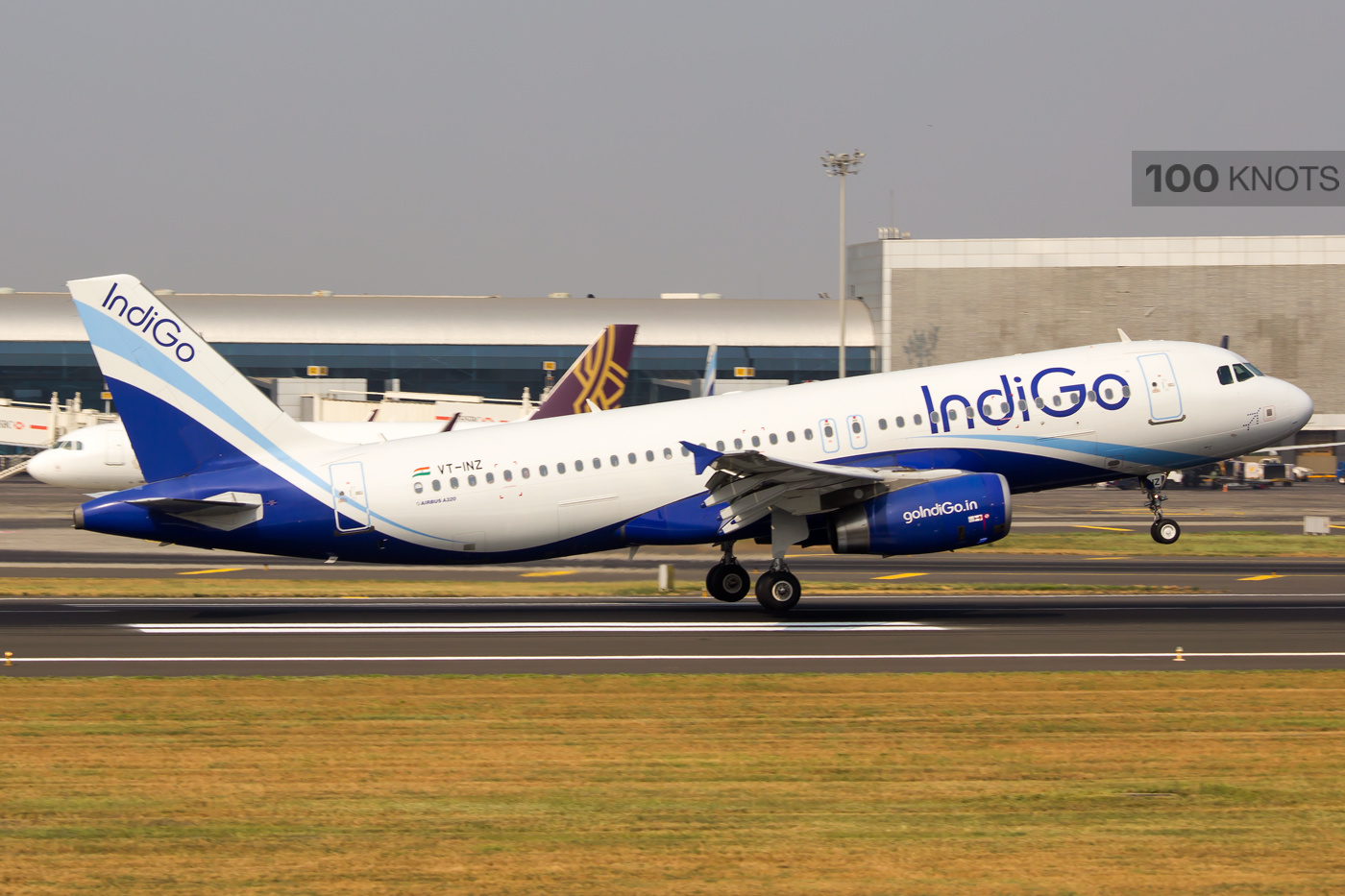
In the wake of global supply chain challenges impacting flight operations, Indian airlines are adapting to a strategic shift by turning to local suppliers for non-critical aircraft components. This move, mirroring a trend in the United States, is gaining traction in the Indian aviation sector as it promises cost and time benefits for carriers.
Local Sourcing for Cost and Time Efficiency
Air India and IndiGo executives have reported that the adoption of local sourcing for non-critical components is not only a response to the current supply chain disruptions but also a long-term strategy offering significant advantages. By relying on local suppliers, airlines anticipate cost savings of over 40% and a reduction in the availability time for certain components from six months to under 30 days.
Negotiating Favorable Terms and Building a Substantial Fleet
The substantial orders placed by Indian airlines for aircraft are not only expected to result in a sizable fleet but also empower domestic carriers to negotiate favorable terms with lessors. The inclusion of local non-critical parts in leasing agreements is poised to further contribute to cost savings and operational efficiency.
Airline Perspectives on Non-Critical Components
Sisira Kanta Dash, Air India’s chief technical officer, highlighted the need to explore local alternatives for even minor components, such as paper for printers and stickers on cabin furnishings. Dash emphasized that if a part is non-critical, it should be acceptable for local sourcing. IndiGo, the largest airline in India, has also embraced this approach, seeking approvals from the Directorate General of Civil Aviation for purchasing non-critical, non-structural items. The airline has already implemented the use of indigenous non-critical parts, demonstrating the acceptability and viability of this strategy.
Regulatory Support and Industry Readiness
Contrary to potential concerns, airline executives have reported a positive response from regulators. Parichay Datta, vice president and deputy head of engineering at IndiGo, noted that the Directorate General of Civil Aviation has been cooperative in granting approvals for the use of non-critical, non-structural items. This regulatory support has encouraged airlines to extend this approach beyond a few parts to include a broader range of non-structural, non-critical items within the cabin.
Impact on Older Aircraft and Industry Readiness
This shift in approach is particularly beneficial for airlines operating older aircraft, where small parts may no longer be readily available in the market. As demand for these locally sourced parts rises, the Indian maintenance, repair, and overhaul (MRO) industry is gearing up to build capacity. Bharat Malkani, President of the MRO Association of India, emphasized the industry's readiness to produce small parts acceptable to Indian airlines but highlighted the need for clarity from airlines regarding acceptability in the initial phases of design and production.
Conclusion
The Indian aviation sector's move towards local sourcing of non-critical aircraft components reflects a strategic response to global supply chain challenges. With airlines experiencing tangible benefits in terms of cost savings, reduced lead times, and regulatory support, this shift is poised to become a cornerstone of the industry's operational resilience and sustainability. As the MRO industry aligns itself with this trend, collaboration between airlines and local suppliers is expected to play a crucial role in shaping the future landscape of aviation in India.
With Inputs from Mint
Read next
SpiceJet's Never Ending Issues With Aircraft Lessors; Another Lessor Moves to Delhi HC Over Unpaid Dues
Radhika Bansal
22 Nov 2023
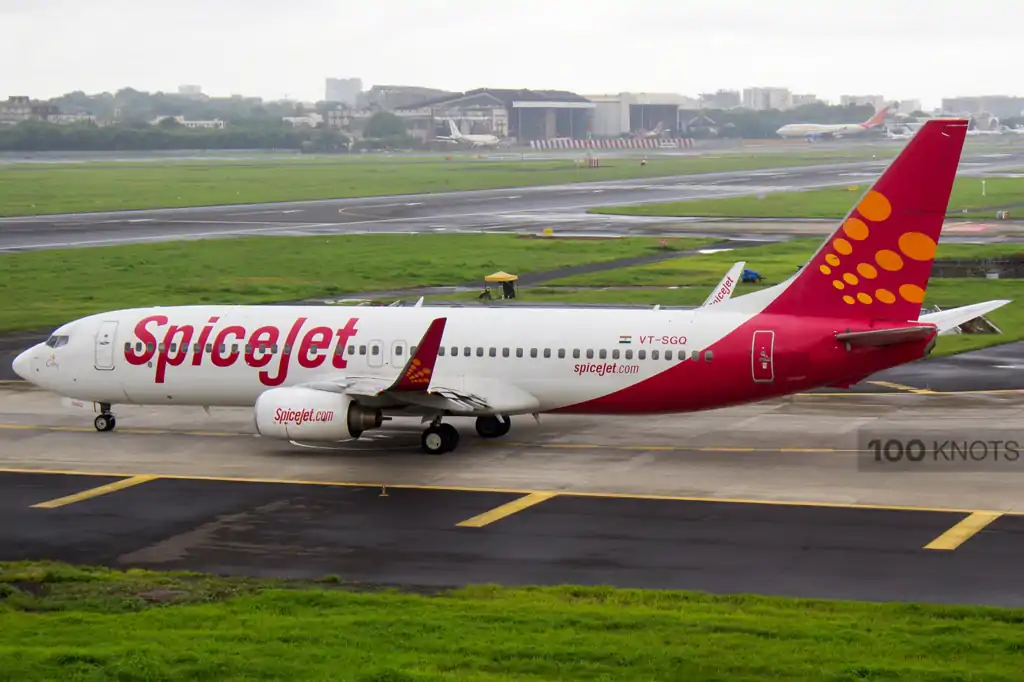
VS MSN 36118 CAY Designated Activity Company, an aircraft lessor of SpiceJet, on November 21 moved the Delhi High Court to execute a decree it obtained in the United Kingdom in June 2023 against the airline, reported MoneyControl.
The lessor seeks to recover an amount of INR 90 crore from SpiceJet by executing the judgment of the UK court. The HC has sought the airline's response to the plea and the case is likely to come up for hearing in February.
VS MSN 36118 CAY Designated Activity Company, represented by senior advocate Rajshekar Rao and lawyer Anandh Venkatramani also asked the court to restrain SpiceJet from using their aircraft, however, the court did not pass any such orders for the time being. The court has permitted the lessor to inspect the aircraft and check if it is maintained properly, the report further added.
Senior advocate Amit Sibal, who appeared for SpiceJet told the court that the airline will regularise its lease rent payments to the lessor from December.
SpiceJet entered into a lease with VS MSN 36118 CAY in 2018 for a Boeing 737-700. The tenure of the lease was 96 months, which was supposed to expire in 2023. According to the lessor, SpiceJet defaulted on its payments periodically from November 2020. Thus the lessor moved a plea in the United Kingdom for payment of dues and also claimed for future rental said to have become due upon an event of default.
The court in the UK awarded both past rent dues and future rent close to USD 5.89 million. VS MSN was represented by Tuli & Co with the Partner Saket Satapathy
SpiceJet’s Trouble with the Lessors
Earlier, an Engine lessor called Engine Lease Finance BV moved the Delhi HC with a plea to restrain the airline from using the leased engine. In October 2023, Engine Lease Finance BV and SpiceJet arrived at an interim settlement. The engine lessor has agreed not to pursue the stay application against SpiceJet for now.
According to the terms of the settlement, SpiceJet must pay over USD 2 million to Engine Lease finance by January. SpiceJet has also undertaken to return the engine which is the bone of contention by January 25. However, the Engine lessor will not revoke the termination and is at liberty to approach the court if SpiceJet does not comply with these undertakings.
The court had previously given SpiceJet until 16 October to settle with Engine Lease Finance BV, warning that failure to do so would result in an order to halt the use of the leased engines. Although the airline has returned eight of the nine leased engines, it continues to use one. The lessor had sought a court directive to stop SpiceJet from using this remaining engine and to have it returned.
Four aircraft lessors have filed five insolvency pleas against SpiceJet in 2023 for the non-payment of dues. Aircastle Ireland Ltd, Willis Lease Corporation, Wilmington and Celestial filed petitions, asking NCLT to admit SpiceJet to the insolvency process to enable them to recover their dues.
While the NCLT has issued notice only in Aircastle's first plea, it has been urging the airline to settle with the lessors. In August, SpiceJet allotted over 48 million shares to nine aircraft lessors to clear outstanding dues worth INR 2.31 billion (nearly USD 28 million), as the troubled airline looks to return to full operations.
(With Inputs from MoneyControl)

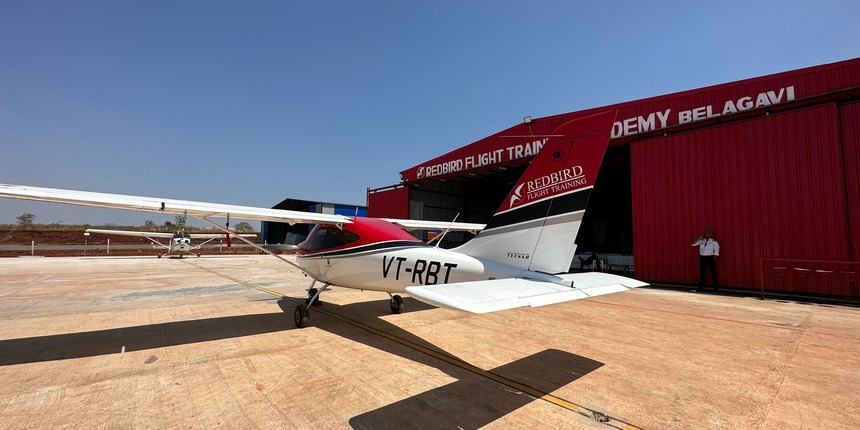

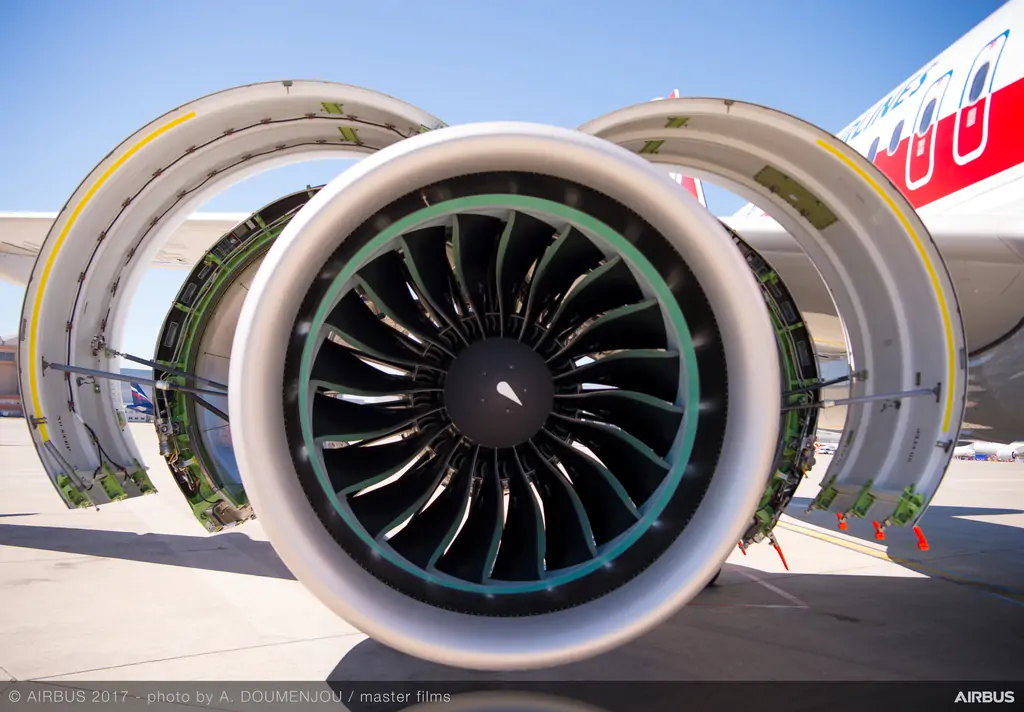
Comment